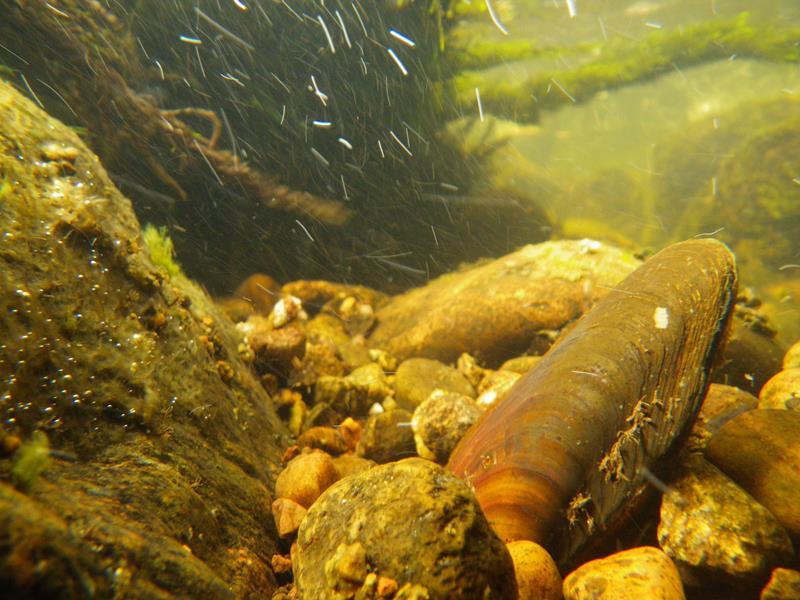A £3.5 million project to protect some of the most important creatures in UK waters will be extended to an Aberdeenshire river next week.
The Pearls in Peril partnership, comprising more than 20 environmental bodies, will be breaking up 24 large fishing platforms or “croys” along the River Dee in order to restore the habitats of salmon and the critically endangered freshwater pearl mussel.
The structures – put together from lines of boulders from the river bed – were first constructed in the 1990s with the aim of diverting the fast-flowing waters and creating calm, fish-friendly pools for anglers to cast in.
However, over the years the plan has backfired and severely reduced the population of both species.
Lorna Wilkie, leader of Pearls in Peril in Scotland, said: “The work starts on Monday at Banchory, all the way up to Potarch, and will continue for about three weeks.
“They thought building these croys would help the environment of the river, but it basically destroyed the habitats of freshwater pearl mussels and salmon.
“Because they make the waters flow so fast, it makes it really difficult for salmon to swim upstream to spawn, and the rapids really disturb the sediment upriver – sediment that’s vital for the salmon to spawn in.
“And because the boulders were taken from the river bed, the mussels that would usually live tucked away behind them have all been washed away downriver.”
Mrs Wilkie said that the River Dee relies on the unique partnership of the two species to stay clean of pollutants and maintain biodiversity.
She added: “The mussels filter around 50 litres (10.9 gallons) of water per day, which is quite a lot of water for quite a small animal.
“They suck in dirty water, process it and take some for food, and then squirt out waste which insect larvae feed on, which in turn feed the salmon.
“But they wouldn’t be able to fulfill this important role without the salmon themselves, who carry the mussel larvae upstream with them on their gills, it’s a really symbiotic relationship they have, and one that is absolutely essential for us to protect.”
